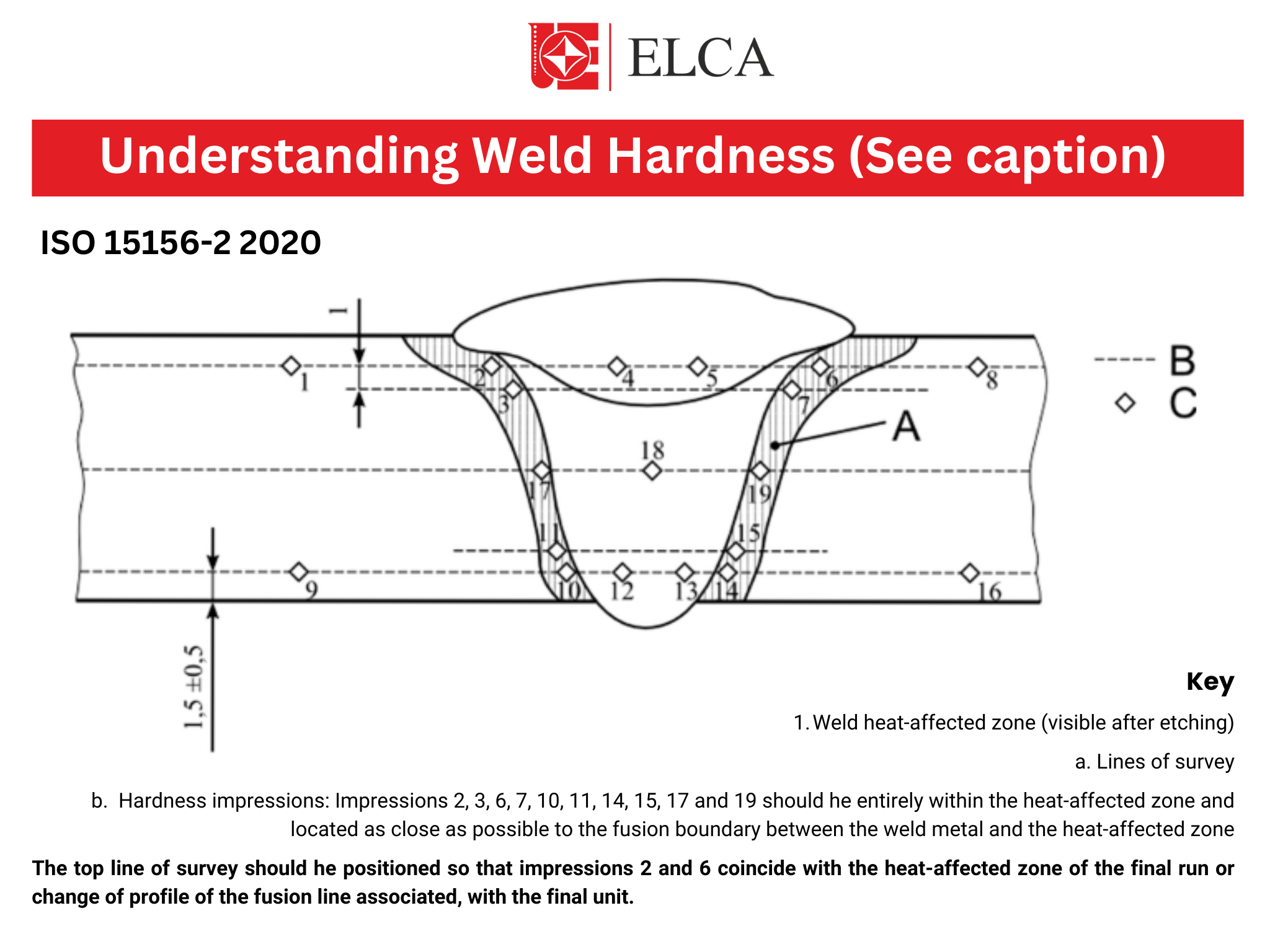Understanding Weld Hardness: A Practical Guide
Weld hardness plays a vital role in assessing the strength and durability of welded joints determining how well the welded area can handle stress.
What is Weld Hardness?
Weld hardness is a measure of how resistant a weld is to indentation. It’s a crucial property that affects a weld’s strength, durability, and overall performance.
Types of Weld Hardness
Base Metal Hardness: This is the hardness of the base material away from the weld that hasn’t been altered by heat. It’s essential to test because the strength of the weld depends on the base metal’s hardness.
Heat-Affected Zone (HAZ) Hardness: The HAZ is the area next to the weld that has been heated above the microstructure change temperature but not melted. This area can become brittle, minimise it to ensure the weld remains strong and won’t crack.
Weld Metal Hardness: This is the hardness of the actual weld material directly affecting the weld’s strength and durability.
Few factors affecting Weld Hardness:
Welding Process: Different techniques like MIG or TIG apply different amounts of heat, affecting hardness. Select the appropriate technique based on the end requirements.
Cooling Rate: The speed at which the weld cools affects its hardness. Faster cooling makes the weld harder, while slower cooling results in a softer weld. Impose weld thermal cycle (i.e., cooling curve) on CCT diagram.
Microstructures across the weld: There can be different microstructures under different welding conditions. Improper control over welding can lead to possibility of undesirable microstructures, especially hard martensite (in case of steel)
Filler Material: The filler used during welding impacts the final hardness. Some make the weld stronger, while others are more flexible. Crucial important to check compatibility of the filler used.
Heat Input: Too much can soften the weld, while insufficient heat can result in a weak bond. It is recommended to use the lowest heat input consistent with the penetration required.
Weld hardness affects how well a weld performs under stress:
Too Hard: A weld that’s too hard, especially in the HAZ, can become brittle and crack under pressure.
Too Soft: A weld that’s too soft may not be strong enough to handle heavy loads, leading to failure.
Methods of Weld Hardness Testing
Rockwell Hardness: Commonly used for thicker materials.
Vickers Hardness: Ideal for small or thin welds.
Micro Hardness: Used for testing small, precise areas, such as fine-grain regions or localized spots within the HAZ.
Brinell Hardness: Used for larger or rougher materials.
At ELCA, we specialize in providing precise weld hardness testing using methods like Rockwell, Vickers, and Micro hardness tests. With 50+ years of experience, we ensure your welds meet industry standards and perform reliably under stress.


